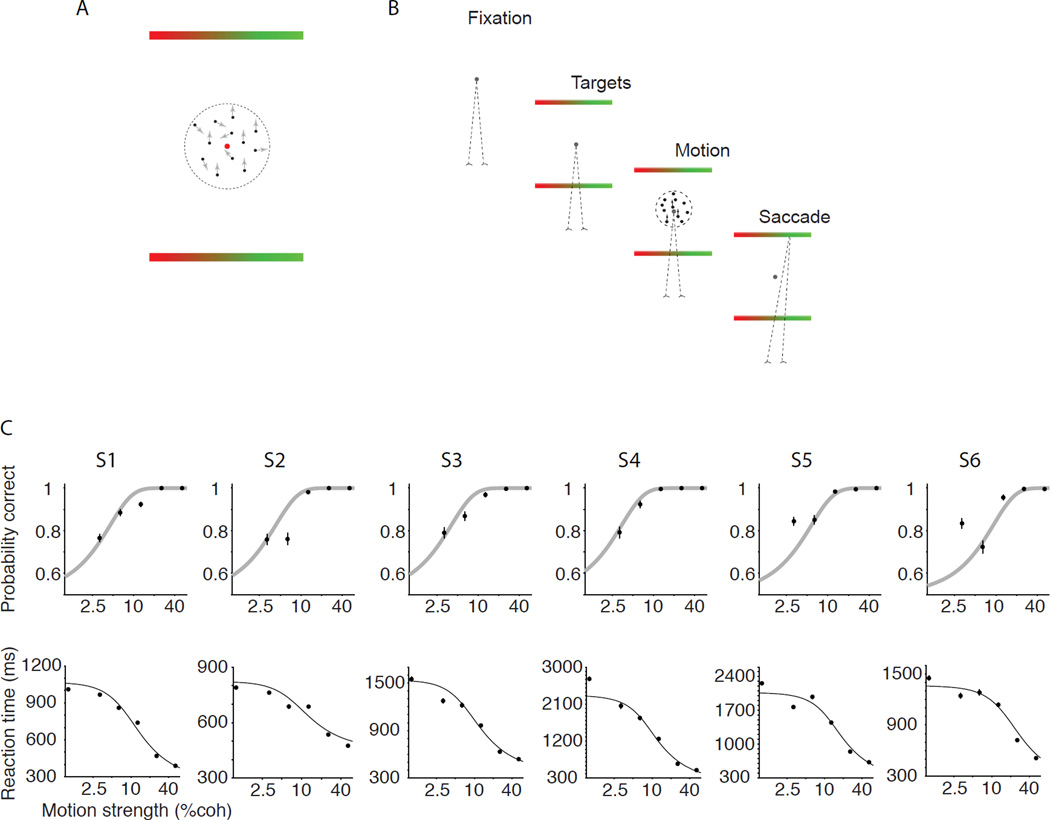Figure 1. Choice-reaction time task with simultaneous report of choice and certainty.
A. Stimulus display. Observers reported the direction of dynamic random dot motion (up or down) and choice certainty by making a single saccadic eye movement to one of the two bar-shaped targets. The landing point of the saccade along the target indicated the degree of certainty, which ranged from guessing (red) to full confidence (green). B. Task sequence. After acquiring a fixation point the two targets appeared on the screen, followed by the motion stimulus. The subject made a saccadic eye movement when ready. The motion stimulus was extinguished when the observer initiated an eye movement. C. Probability correct and reaction time conformed to expectations of a bounded accumulation mechanism (see Methods). Each column shows data from one subject (S1–S6). The model was fit to the overall distribution of RTs. Then the parameters were used to predict the subject’s accuracy (gray curves, upper panel) and the correct RTs (solid black curves, lower panel). Error bars are s.e.m.

